Need an adviser?
Get a tailored quote for this product from a financial adviser. To find one, visit Unbiased.
Your pension is vital to your financial wellbeing during your retirement years.
Learning about how pensions work, what their benefits are, and what choices you’ll have can be overwhelming. To help you understand more about pensions and how they work, we’ve put together this short guide.
Please note that the information set out here is provided for guidance and education purposes only (and is not professional advice and should not be relied on). If you need help with your pension arrangements, we strongly encourage you to speak to a professional adviser. For example, an appropriately qualified FCA-regulated independent financial adviser, solicitor or tax practitioner.
A pension is a tax-efficient way of investing money during your working life, which you can then use for an income in later life. The money you invest will accumulate and potentially grow in value over time.1
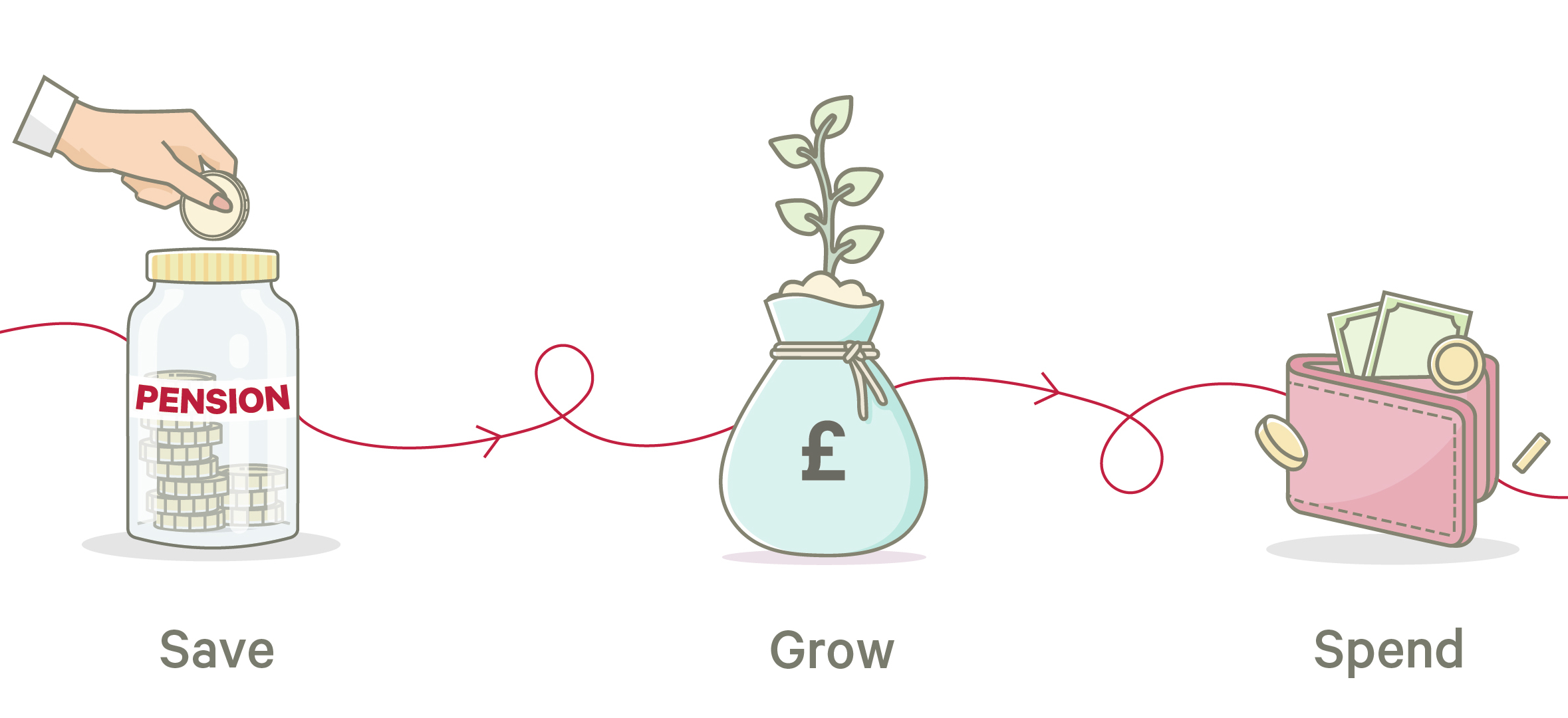
When your income is over a certain level, the government applies tax to your earnings. If you put money into a pension scheme, it qualifies for tax relief. This means that in addition to the money you’re putting in, some of your money that would have gone to the government as tax now goes into your pension pot instead.
This is why pensions are particularly tax-efficient, and it's one of the key advantages of a pension over other savings accounts.
Additionally, if you’re auto-enrolled into a pension scheme by your employer, they’ll also contribute a minimum of 3% of your earnings to your pension.
When you retire, you can use your pension savings in several ways. You’ll be able to:
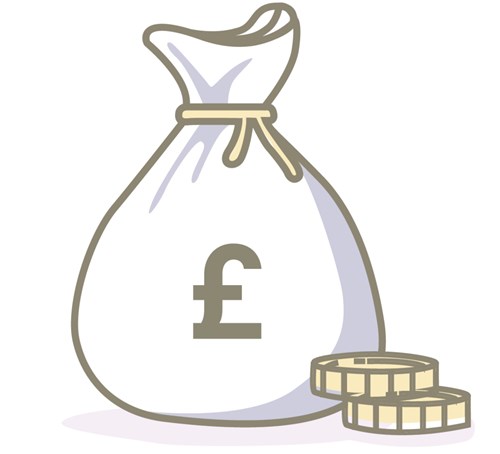 |
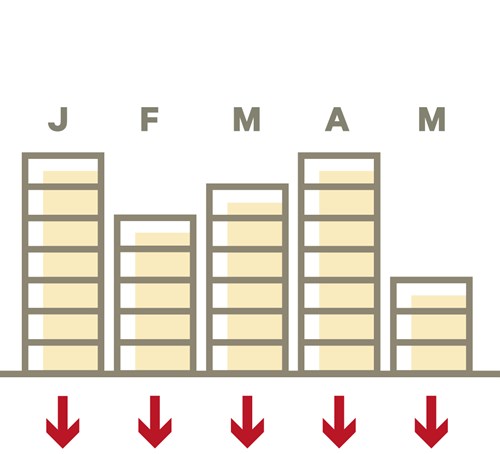 |
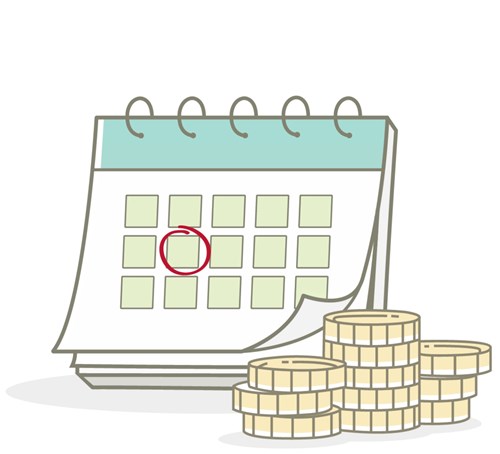 |
| Take your pot as a lump sum, or as a series of lump sums. This may not be as tax efficient as other options. | Put your pot, or a part of it, into pension drawdown, which allows you to take an income and/or lump sums when you need. | Use your pot, or part of it, to purchase an annuity, which provides you a guaranteed income for life. |
You needn’t stick to just one of these, as you can use portions of your savings for each. We discuss this in more detail below.
Under normal circumstances, you can access your private pension at 55 (this will change to 57 from April 2028). However, this is a minimum age, and you may not want to take your income until later in life, for example when you stop working.
A pension scheme is designed to give you an income alongside the State Pension, which is provided by the Government. Most people can start claiming a State Pension at 66, but this is slowly changing to 67 and 68 for those born after 5 April 1960. You can check your State Pension age here.
The State Pension is a regular payment, normally paid every 4 weeks from the Government to qualifying UK citizens, based on the number of years you’ve paid National Insurance (NI).
To qualify for the full State Pension, you’ll need to have paid NI on your earnings for 35 years. If you’ve paid NI for 10 years or more, you may be eligible for a partial State Pension. For the 2025/26 tax year, the full State Pension is £230.30 per week.
Most experts advise that you shouldn’t rely solely on the State Pension, and that to enjoy your retirement more fully, you’d want to save as much as you can into a private pension.
Many people aren’t saving enough to give them the standard of living they hope for when they retire. If this is the case, you may need to start saving more, lower your expectation of what you’ll be able to afford in retirement, or keep working later in life.

All pensions outside of the State Pension are known as private pensions. You may have a private pension through your employer or directly with a pension provider like Canada Life. There are lots of types of private pensions, and it’s best to set aside time to understand how it all works. This is important as each decision you make can have long-lasting effects.
Private pensions can be divided into two basic types of saving:
 |
 |
1. Defined benefit pension schemes |
2. Defined contribution pension schemes |
Defined benefit pensions, also known as final salary schemes, pay out a guaranteed income for life.
The basic idea is that your employer will pay you a portion of your salary throughout your retirement based on how long you worked for that employer.
This may increase each year to account for the effect of rising prices (called inflation). Nowadays, these types of pensions schemes are quite rare and are usually only available if you work in the public sector, although some people may have one if they worked for a large company in the past.
The amount of income from a defined benefit scheme will primarily depend on your salary, how long you spent with your employer, and how much they have said they will pay you (e.g., 1/60th of your salary for each year).
They are often referred to as DB schemes.
Here, you contribute a portion of your income to build up a pot of money that you can use for an income in retirement.
The income you might get from a defined contribution scheme depends on a number of factors, including:
How much you pay in, alongside any payment your employer makes
How well your investments perform
The choices you make when you access your money
Pension contributions into the scheme can come from you, a third party, and/or your employer.
You’ll get pension tax relief from the government on the amount you pay in, but there are limits to this. For example, the maximum amount that can be paid into a pension each tax year (that qualifies for tax relief) is currently £60,000. This is known as the “annual allowance”.
There are different types of defined contribution schemes:
If you are employed, 22 years in age or older, earn more than £10,000 a year, and ordinarily work in the UK, your employer is required to auto-enrol you into a pension scheme. You can opt-out if you wish, although if you do so your employer will re-enrol you every three years. If you opt-out, you’ll also miss out on pension contributions from your employer, which are valuable.
The minimum contribution to your pension is typically 8% of your 'qualifying earnings'. For the 2025/26 tax year, ‘qualifying earnings’ are set between the lower limit of £6,240 and the upper limit of £50,270, meaning the maximum ‘qualifying earnings’ are £44,030.
By way of example, if your total applicable earnings in tax year 2025/26 came to £30,000, your ‘qualifying earnings’ for the purpose of pension contributions would be £23,760 (£30,000 minus £6,240).
This minimum 8% is typically split as follows:
You or your employer can pay in more than the minimum. If you decide to save an additional amount into your pension, your employer may choose to match your contribution, up to a certain level. Some employers are willing to redirect this into a personal pension scheme of your choice.
It is worth noting that many employers offer more generous pension contributions than the minimum requirement detailed above. If you are unsure about the pension contribution structure that your employer offers, we recommend that you speak to your employer about this.
If you’re self-employed or have unpredictable income (or otherwise want to set up your own private pension and have more control over your investments), a personal pension gives you flexibility to contribute regularly or add lump sums on an ad-hoc basis. You’ll open a personal pension with a provider, who’ll administer the pension on your behalf.
It’s very common for personal pensions to be self-invested personal pensions (or SIPPs). As you get to choose where to put your money with a SIPP, it’ll give you greater control over how your savings are invested. However, this could also increase your risk if you’re not experienced in making important investment decisions.
This is another type of personal pension with low minimum investment amounts and a cap on its fees.
Learn more about the different types of pensions.
Up to certain limits (up to £60,000 for tax year 2025/26), any money that you save into a pension scheme qualifies for tax relief. This means that in addition to the money you’re putting in, some of your money that would have gone to the government as tax now goes into your pension pot instead. This makes pensions particularly tax-efficient, and it’s a key advantage they enjoy over other savings accounts.
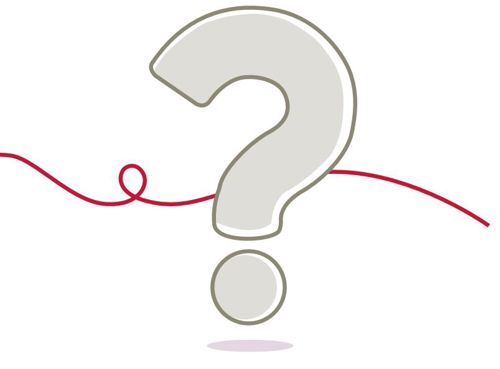
Simply, tax relief on your pension contributions allows you to invest more money into your pension. To illustrate how much of an effect this can have, compare saving £250 per month over 25 years without tax relief to the same contribution, but with tax relief added.
|
Without tax relief |
With tax relief |
|
|
Your monthly contribution |
£250 |
£250 |
|
Tax relief at 20% |
£0 |
£62.50 |
|
Monthly total |
£250 |
£312.50 |
|
Total invested into your pension over 25 years |
£75,000 |
£93,750 |
|
Potential pot value after 25 years** |
£128,960 |
£161,200 |
**Potential pension investment growth over 25 years, at an assumed average annualised return of 4%
Please bear in mind that because investments can fall as well as rise, the future value of your pension can never be guaranteed, and the above comparison isn’t based on any product.
Another advantage is that when you start accessing your pension, you can take up to 25% of your pot tax free (typically up to a maximum amount of £268,275).
Find out more about tax relief.
It’s important to know that whereas people often speak of pension ‘savings’, pensions are actually invested, which has several implications.
Typically, pension funds invest in assets like company stocks, bonds, and property, as well as cash.
Stocks (often called equities) represent a share of ownership in a company. If a company does well, the value of its shares can rise, too. Additionally, companies may pay a part of their profit to shareholders in the form of a ‘dividend’. This can be reinvested within a pension plan.
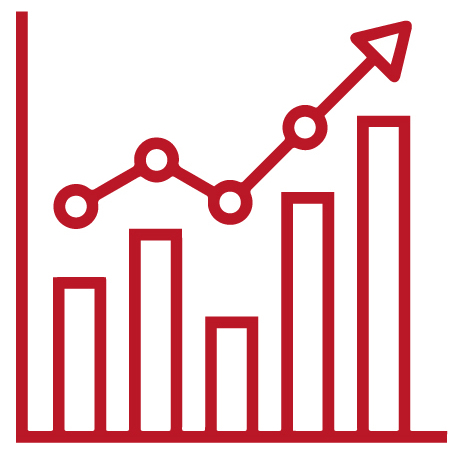
Bonds are a type of loan made by investors to companies and governments. UK government bonds are called ‘gilts’, and company bonds are called ‘corporate bonds’. These may grow (or fall in value) but also pay an income known as a ‘yield’.

Pension funds can either invest in physical property or buy shares in property funds. Property earns rent, and the physical assets can increase in value, too.

With equities, bonds, and property, investments can fall in value as well as rise, which means the value of your pension pot can fluctuate over time. Cash savings have lower risk, but won’t have the opportunity to grow as much.
When saving, people often invest in cash. These savings won’t fall in value – although inflation can mean the buying power reduces.
If your savings deposit doesn’t keep up with inflation, you’ll actually lose money in ‘real’ terms. This is because your purchasing power will have decreased. Put another way, £100 would have bought you more ten years ago than it’d buy today.

This depends on what you have chosen to do with your pension savings and at what age you pass away.
Footnote:
1. The value of investments can fall as well as rise, which means that you could get back less than you put in.
What is pension tax relief and how does it work?
Get a tailored quote for this product from a financial adviser. To find one, visit Unbiased.
Use our helpful finder tool to get support information for each of our products.
Monday to Friday, 9am to 5pm




